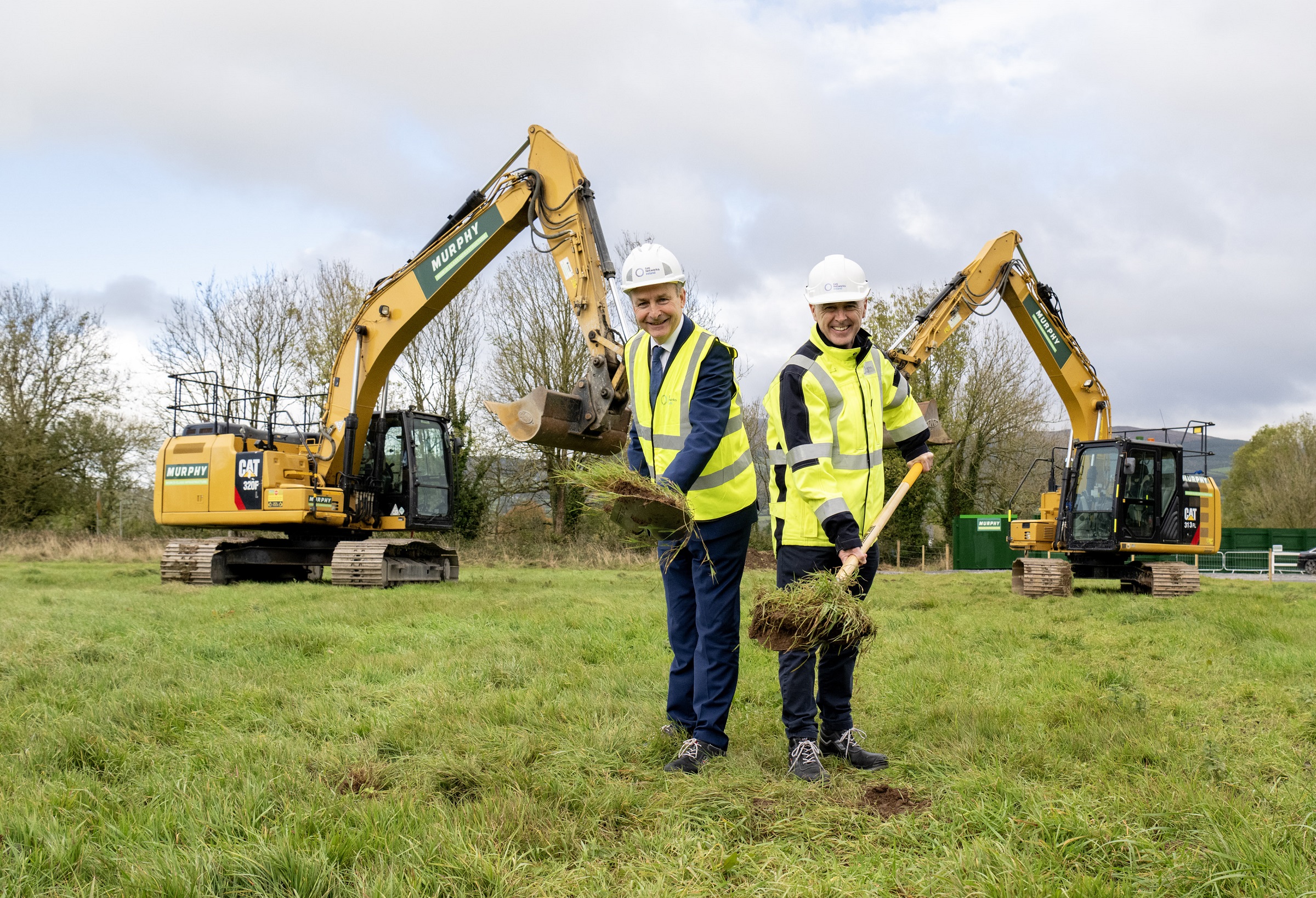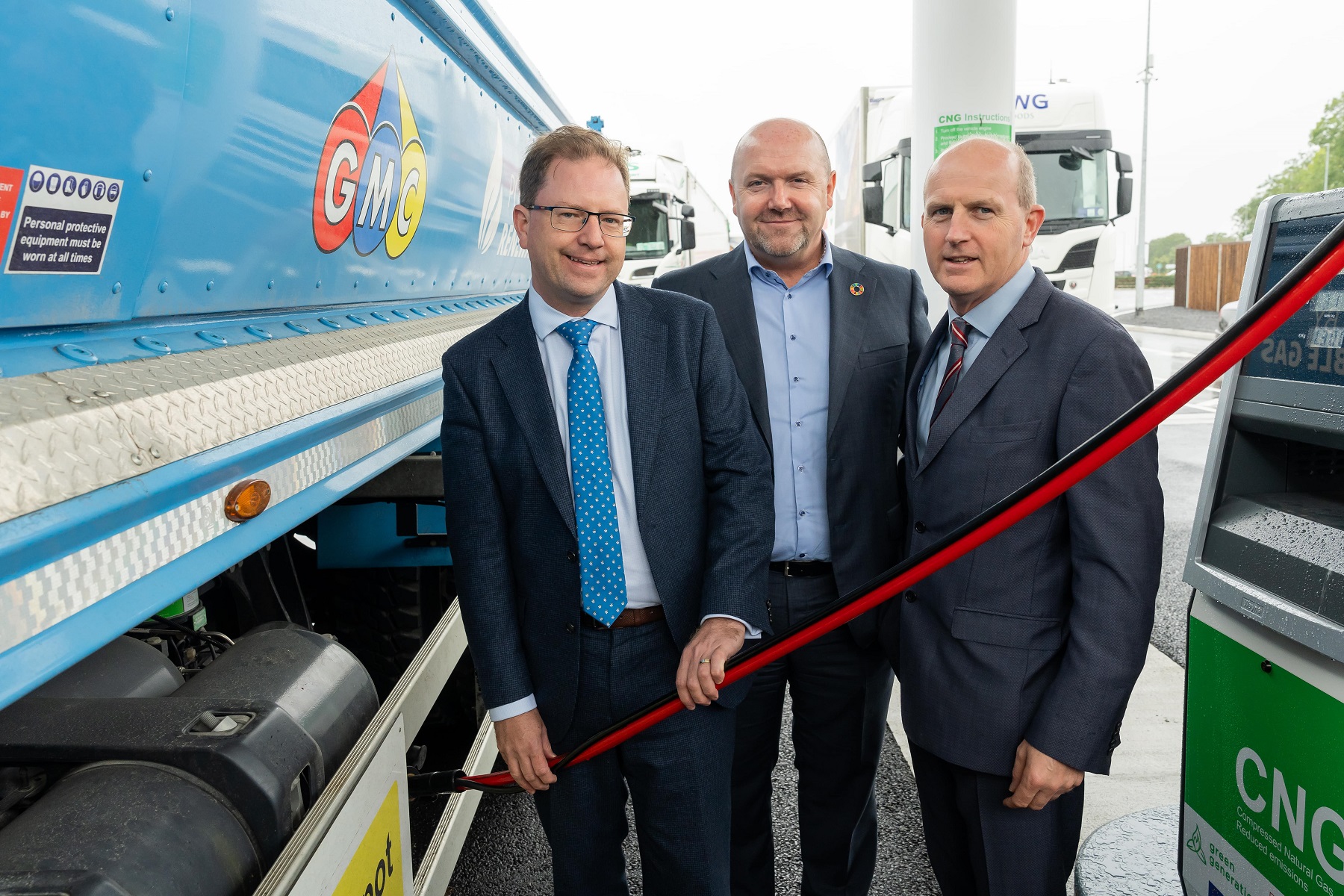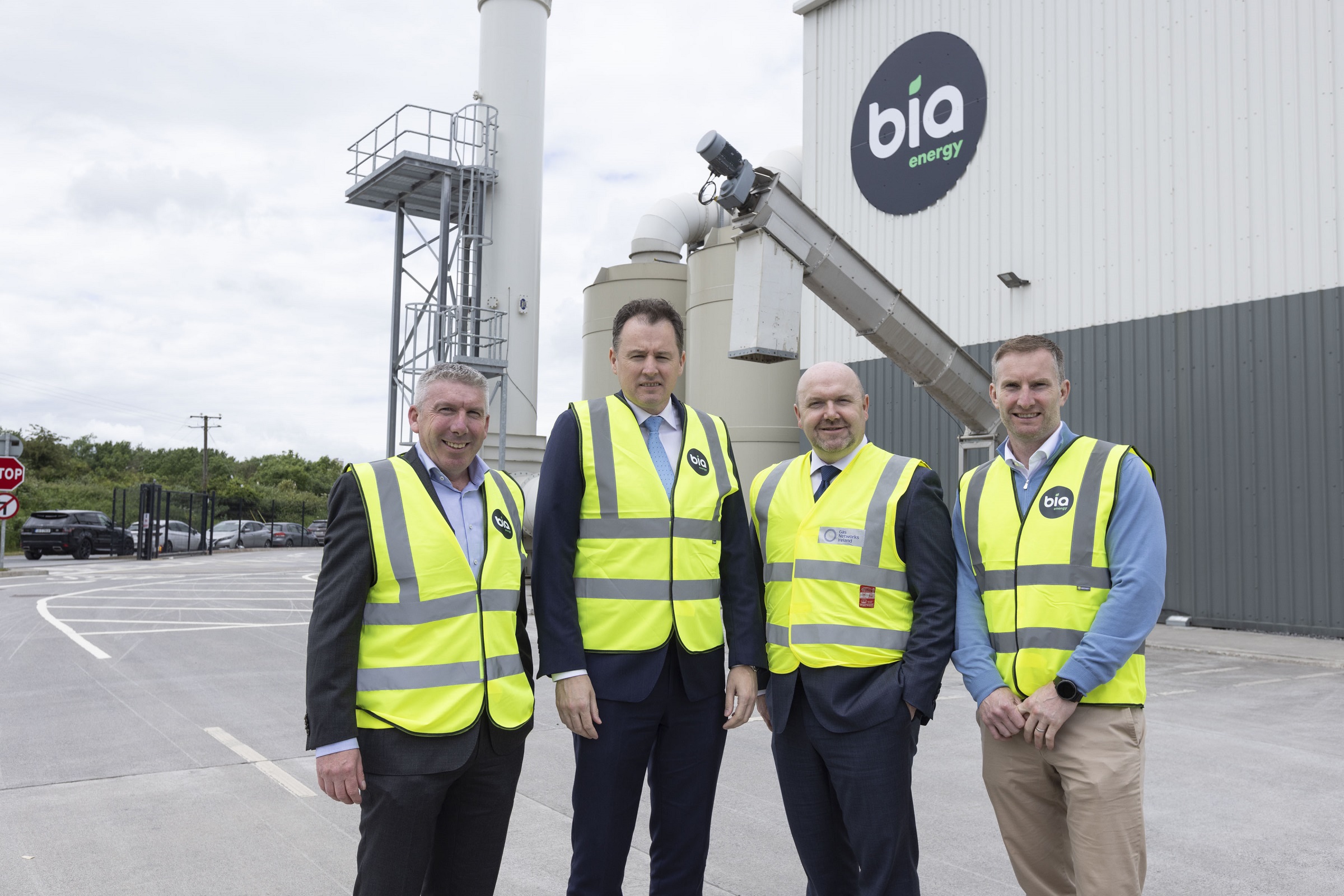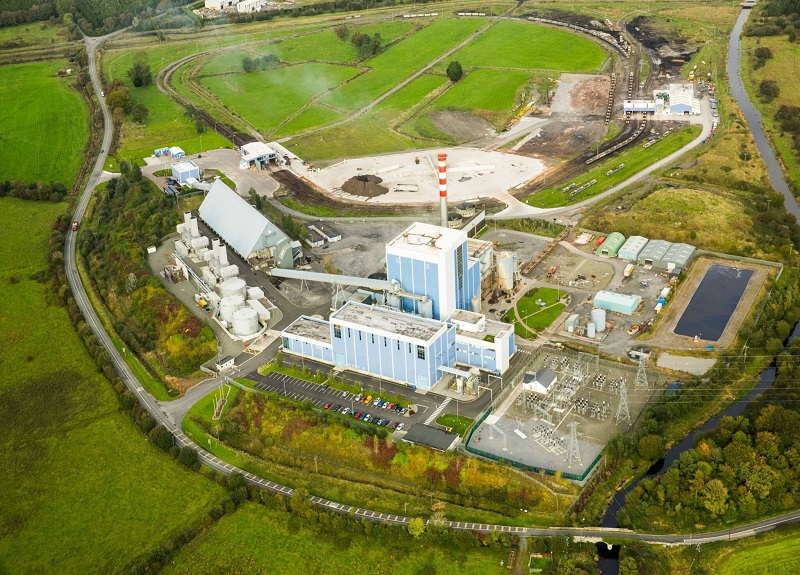Biomethane
Biomethane is a carbon-neutral renewable gas made from farm and food waste through a process known as anaerobic digestion. It first began flowing into the gas network in 2019 through the injection point in Cush, Co. Kildare. It can reduce emissions across key sectors of the economy, including those that are traditionally difficult to decarbonise, like transport, agriculture, industry, and power generation, while also supporting the decarbonisation of the agri-food sector.
Decarbonising Ireland's gas network
By gradually replacing natural gas with renewable biomethane, Gas Networks Ireland is working to deliver a net-zero carbon gas network by 2045. The Government’s latest Climate Action Plan sets out a target of reaching 5.7 TWh by 2030 – 10% of the country’s total gas demand. Learn more about the work we are doing below.

Mitchelstown CGI
The Taoiseach Micheál Martin broke ground to officially mark the commencement of construction for the new Central Grid Injection (CGI) facility in Mitchelstown. A key initiative of Gas Networks Ireland, this facility represents a €32m investment and is a transformative step in Ireland's transition towards renewable energy, enabling the injection of biomethane into the national gas network.
Learn morePathway to a Net Zero Carbon Network
Our Pathway to a Net Zero Carbon Network details a transformative journey towards a repurposed, resized, and fully decarbonised gas network by 2045.


